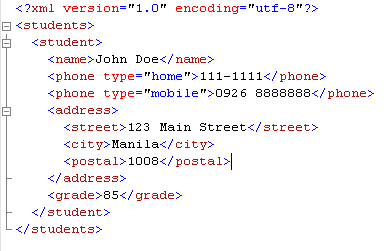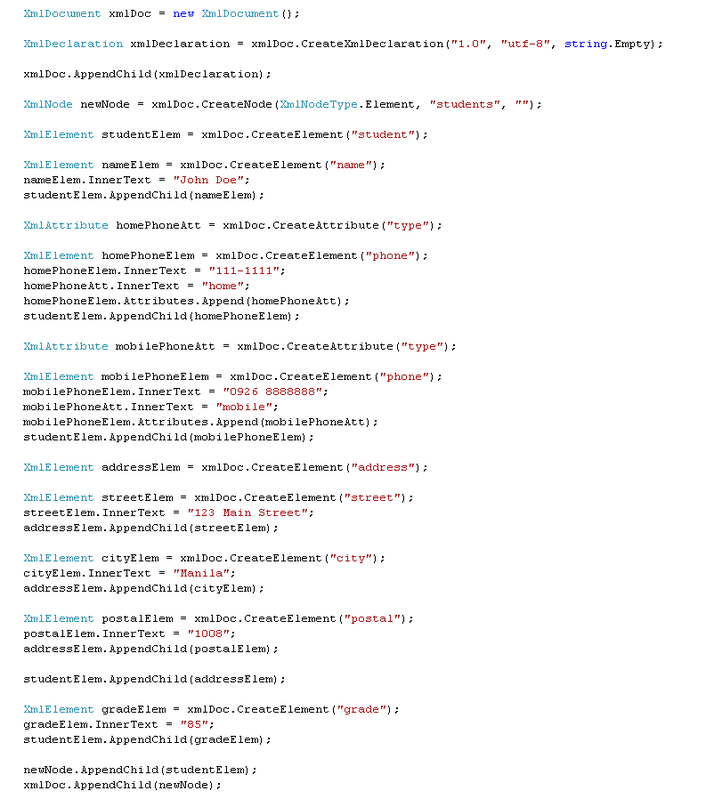 Some say that this movie is just another superhero flick from a book and some say that the film is great. For some people who read the comic novel, they were disappointed because the film missed the essential points of the book. I agree to some of their comments, but I also read the book but I'm satisfied with what the film showed me. I wasn't expecting of something extravagant from this film, the book is really unfilmable, but I really appreciate the work of Zack Snyder through this film. I'll just say here what I did and didn't like about the film.
Some say that this movie is just another superhero flick from a book and some say that the film is great. For some people who read the comic novel, they were disappointed because the film missed the essential points of the book. I agree to some of their comments, but I also read the book but I'm satisfied with what the film showed me. I wasn't expecting of something extravagant from this film, the book is really unfilmable, but I really appreciate the work of Zack Snyder through this film. I'll just say here what I did and didn't like about the film.First, this movie is not a Superman, Thor and Iron Man type of movie, the characters here have no powers, except for Dr. Manhattan who is a nuclear enhanced, buffed smurf (Just kidding..), though Ozymandias caught a bullet (??). They are just humans, armed with karate chops and a body of stone. I think it has an enough exaggeration of the action scenes, Rorschach's wall climbing and characters jumping from a great height, to not make the viewers break away from the thought that the people here are still human.
The film lasts for almost 3 hours, with a slow development of the plot and a dragging poetic narration of Rorschach's journal. Actually my friend didn't know what's going on in the movie for at least 30 minutes of the film. :) But it's a fine approach since the movie's source is a frame by frame material.
Then we go the film's background music. 99 Red Balloons?? The guy behind my seat said "WTF?" after hearing it but I think it's a cool music for the scene. Then again, this guy gave a short sarcastic laugh after hearing the sound of silence (Sorry, I can't help but notice his reactions). Then played the song of Jimi Hendrix' All Along the Watchtower! It's a catchy song when Nite Owl and Rorschach almost hit the ice wall.
I suggest that viewers of this film must concentrate on the film's visual and cinematography rather than compare it to the book. Though, I know it's unavoidable to compare it especially for hardcore comic readers. Well, I respect their opinions. But this movie will really be talked about, since people have mixed opinions and emotions regarding this.





